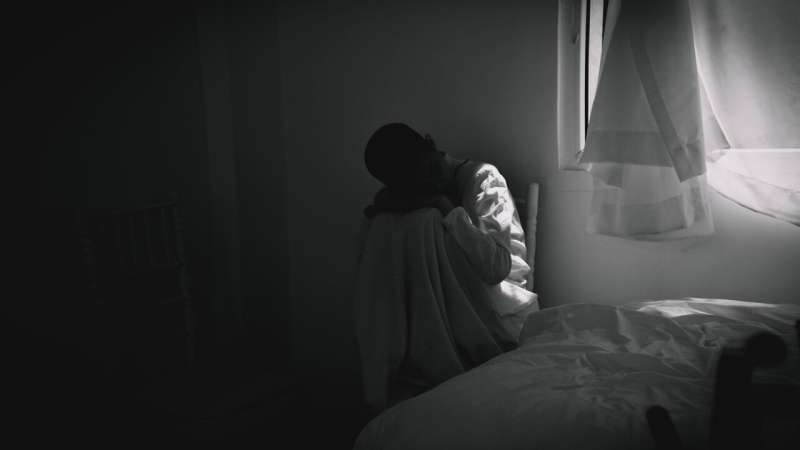New Insights into How Attention Flickers Between Visual Stimuli Like a Strobe Light

New research reveals that our attention samples visual information in rhythmic flashes, similar to a strobe light, helping the brain manage competing inputs and sensory overload.
Recent research led by cognitive neuroscientist Professor Ayelet N. Landau from the Hebrew University of Jerusalem proposes a groundbreaking theory about attention and perception called "attentional sampling." Traditionally, it was believed that our attention smoothly and continuously processes visual information. However, new evidence suggests that attention functions more like a strobe light, flickering rapidly between competing visual inputs at a rhythm of about eight times per second.
In a comprehensive opinion piece published in Trends in Cognitive Sciences, Landau, along with her colleagues Daniele Re and Flor Kusnir, describe how this rhythmic pattern allows the brain to effectively manage the overwhelming influx of visual data. Their theory posits that when our brain needs to split attention between multiple objects, it doesn't uniformly focus on one. Instead, it samples each object alternately, with the rate slowing down to approximately four snapshots per second per object.
This sampling rhythm stems from the brain's mechanism to resolve competition among neural populations competing for dominance—an idea known as "biased competition." The studies examined span from early visual processing in the eye to higher-level object recognition. Even when individuals are unaware of visual conflicts, such as when two images are subtly presented to each eye, this rhythmic attentional switching persists, indicating a default automatic process.
Interestingly, this attention flickering occurs even without conscious effort, acting as a fundamental property of perceptual processing. While the precise neural control of this rhythm remains under investigation, some scientists suggest higher brain regions or local circuits within the visual cortex coordinate this activity.
Understanding this phenomenon offers potential insights beyond vision, influencing how we think about sensory overload, attentional management, and neural functioning – with implications for interface design and neurological therapies.
Professor Landau emphasizes that this rhythmic attentional process might be a universal principle applicable across various sensory systems, helping the brain navigate the constant barrage of environmental stimuli. As our digital lives demand frequent attention switching, our brains are already working with this internal flickering to process the world around us.
Stay Updated with Mia's Feed
Get the latest health & wellness insights delivered straight to your inbox.
Related Articles
Link Between Gun Violence Exposure and Poor Sleep in Adolescents
Exposure to neighborhood violence significantly impacts sleep quality for teenagers, increasing their risk of violent behaviors and mental health issues. Learn how community safety influences adolescent sleep health.
UK Study Highlights 11% Surge in Children Requiring Mental Health Support Within a Year
A recent UK report reveals an 11% rise in children needing mental health care within a year, highlighting a growing crisis and the urgent need for comprehensive interventions across schools and healthcare systems.
Marriage and Its Impact on Health and Happiness: New Insights from Cross-Cultural Research
New research shows that marriage is linked to better health and greater happiness across cultures, highlighting the importance of family support and cultural norms in well-being.



